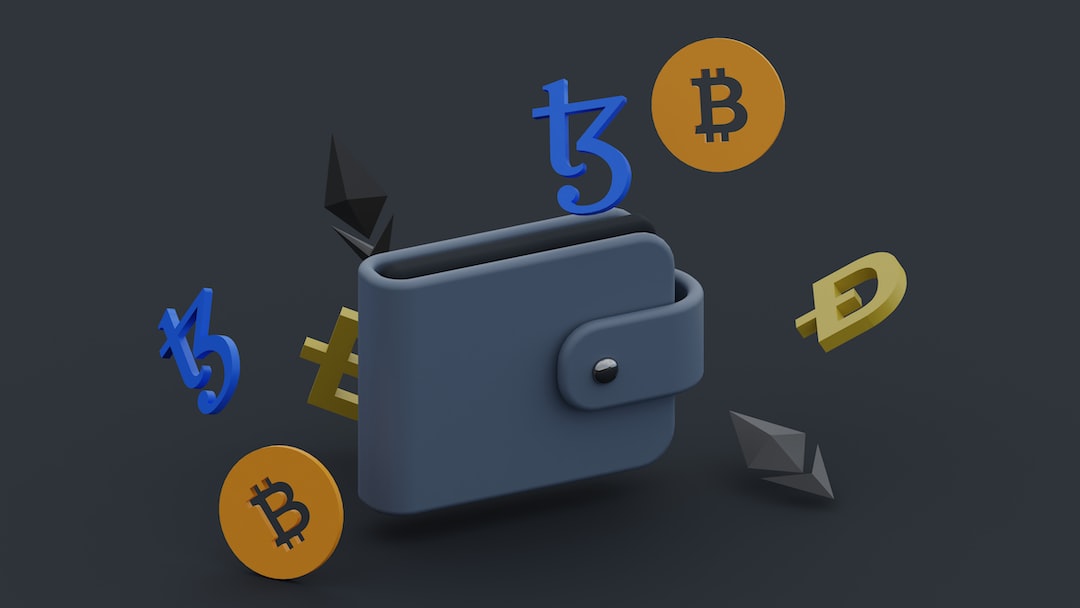Tokenization of Financial Assets Gaining Momentum, Says Coinbase Research
A recent report by Coinbase reveals that the tokenization of financial assets has been steadily growing since 2017. This evolution includes the tokenization of sovereign bonds, money market funds, and repurchase agreements. Despite facing infrastructural and legal challenges, the tokenization market is poised for growth.
Opportunity Costs and Capital Efficiency
Coinbase’s research identifies a significant shift in opportunity costs, with nominal interest rates now above 5.0%. This emphasizes the capital efficiency of instantaneous settlement compared to traditional T+2 settlement cycles, particularly for financial institutions. The introduction of atomic settlements has also reduced counterparty risks associated with tokenization.
Rise in Adoption and Future Predictions
The report highlights an increase in front-end bond yields and retail investors’ yield-seeking behavior. This has led to a surge in adoption of protocols tapping into the tokenized U.S. Treasury market, indicating a departure from the landscape observed in 2017. Coinbase predicts that this trend will continue to accelerate over the next 1-2 years, potentially becoming a substantial part of the upcoming crypto market cycle.
Citigroup predicts a $5 trillion tokenization market, while Boston Consulting Group estimates it to reach $16 trillion by 2030. Fortune Business Insights projects the tokenization market size to grow from $2.81 billion in 2023 to $9.82 billion by 2030.
Challenges and Obstacles
Despite these optimistic estimates, Coinbase acknowledges that the future of the tokenization market will face challenges. Legal clarity for stablecoins within the U.S. is still needed, and there are no clear legal precedents or frameworks for dealing with tokenized investments. Many institutions prefer private blockchains due to concerns about public networks.
Hot Take: Tokenization Market Shows Promise Amidst Challenges
The tokenization of financial assets is gaining momentum, offering opportunities for traditional financial players and becoming a significant part of the crypto market cycle. While the market faces challenges in terms of legal clarity and infrastructure, the potential for growth and capital efficiency is evident. As the industry continues to evolve, it will be crucial to address these obstacles and establish a framework that supports the widespread adoption of tokenized assets.





 By
By

 By
By

 By
By